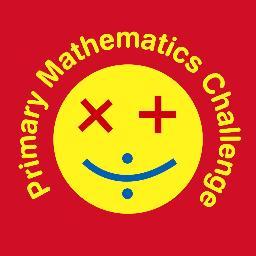
Orientation Math
Orientation can be defined as the direction or the angle of a given object. For example, the orientation of a fibre in a lattice is the direction it points toward the direction of the fibre’s strand. However, orientation can also be used to describe a lattice plane. Orientation is a basic concept in physics and math, which is why many problems in the field involve it.
Orientation Geometry
Orientation in math is important for a variety of reasons. For example, it helps students develop the ability to rely on the accuracy of their arguments and the correctness of their results. In addition, it helps students understand that learning and leisure are two different things and the same educational tool may be useful or harmful for different learners. To understand orientation, consider the following examples. The following are examples of mathematical topics and the relationship between them and the orientation of the body.
Students who are highly motivated by achievement and mastery often have similar performance goals across subjects. Likewise, students who place a high emphasis on learning may have similar mastery goals in math and language. The differences between achievement goals are often related to gender and general cognitive ability. High mathematics performance positively influences task orientation at the end of secondary school. But the relationship between mathematical performance and task orientation is complex. This article aims to identify whether math performance affects the student’s motivation in this area.
Orientation of an object
In mathematics, the orientation of an object is an important property of a geometric object. The position and orientation of an object is a critical property of a geometric object, and the definitions of these two properties are often used in physics, engineering, and other fields. The basic idea of position and orientation is to describe the shape of a 3-D object. We can use two types of orientations to describe the shape of an object: horizontal and vertical.
Orientation is the relative arrangement of points after traveling or transforming around a geometric figure. Orientation is usually expressed as a rotation matrix, a quaternion, or a set of Euler angles. It is helpful to think of orientation as frame rotation. If the same frame rotates around a figure, the points are in the same orientation. Orientation is also a key concept in arithmetic.
Orientation of a lattice plane
Orientation of a latticer is the angle at which the surface of a lattice intersects the plane’s main axes. There are three types of lattice planes: parallel, equilateral, and parallel. Miller indices describe these orientations. These indices are useful in the study of many materials science topics. They can also be used to identify planes and surfaces, though they are only applicable to cubic crystal systems.
An orienteer defines a group of adjacent points on a lattice. The orientation of a lattice plane in mathematics is described by the Miller indices. This enables researchers to determine the direction of flow in a lattice plane by succession of local moves. This construction generalizes partial orderings of alternating sign matrices, bipartite planar graphs, and domino tilings.
Orientation of a fibre
The notion of orientation is a generalization and formalization of the concept of direction on a curve. Orientation is also related to the special classes of space, such as a manifold, a vector bundle, or a Poincare complex. Modern views on orientation are contained in the Generalized cohomology theory. Classical mathematics defines orientation as the choice of an equivalence class between coordinate systems. Two coordinate systems are equivalent if their orientations are related positively.
A bundle with the Stiefel-Whitney characteristic class (x)=0 is said to be orientable in the classical sense. In the theory of stable cohomotopy groups, the same thing holds for E-oriented vector bundles. In addition, this general result applies to sphere-oriented bundles. The resulting tensor matrix is a real, symmetric matrices, with three orthogonal eigenvalues. Each eigenvalue corresponds to a specific direction, and the corresponding eigenvector indicates the degree of orientation.
Orientation of a manifold
Orientation is one of the key terms in mathematics. Manifolds can have two different types of orientation: orientable and oriented. An orientable manifold has a fixed orientation. A non-vanishing top form of M is oriented. The top form of M must have a Thom class to be oriented. It is possible to define the orientation of a manifold using volume forms.
The word’manifold’ means ‘a smooth boundary, a compact closed connected manifold,’ or an empty boundary. Orientable manifolds have an empty boundary, while non-orientable ones are not. In addition to their compactness, manifolds can be connected. If a boundary has a boundary, then a non-orientable manifold is connected.
